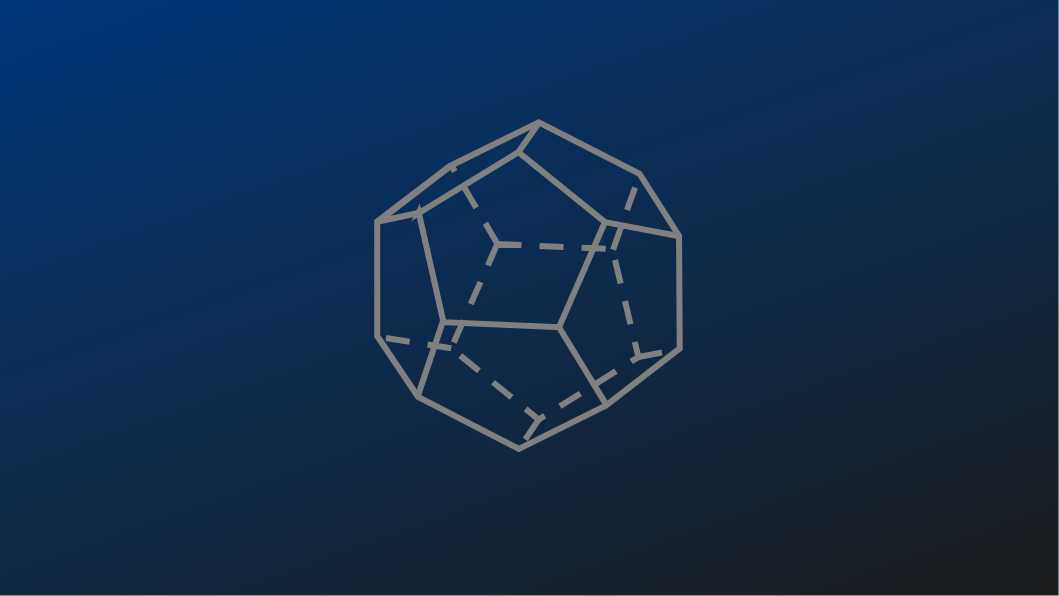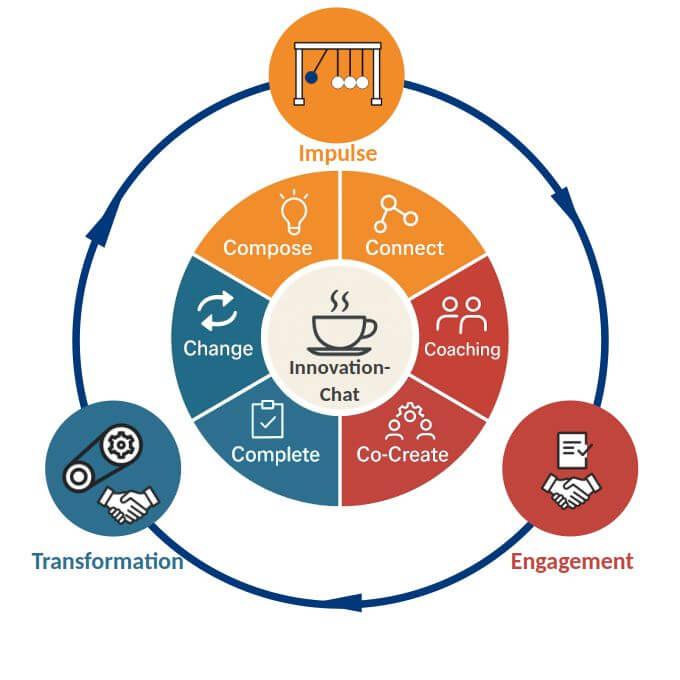Experience Innovation by Tolksdorf.digital

Innovation is a paradox: it holistically depends on many areas of impact, requires impetus and planning, and produces unexpected results – which, in retrospect, seem inevitable.
Does the following sound familiar to you?
- The world is changing faster than many organizations can keep up with.
- Innovation is necessary at the wrong moment.
- Innovation involves new, different, unfamiliar things – for which there is a lack of capacity.
- Digitalization, uncertainty, new customer needs, and staff shortages are slowing growth and jeopardizing delivery capabilities.
- At the same time, there is uncertainty: What makes sense? How much does it cost? And how to get started?
“What is liked will be done,” Experience Innovation and 7C-CI/CD versus Change Management
Experience Innovation tackles the unpredictability of the world with the guiding principle “if it's liked, it's done.” Teams develop common goals, achieve them with a high degree of probability, and discover unexpected, often positive results along the way that, in retrospect, seem paradoxically inevitable.
What alternatives are there for change management?
Everyone wants good solutions right away, which is only reasonable. So why not start right away and make things better step by step? Classic change management, on the other hand, carries the risk of weakening the forces necessary for change by focusing on mistakes and process changes.

Experience Innovation by Tolksdorf.digital is based on 12 Areas of Innovation Impact, or influencing factors that determine the prospects of success for innovation projects. These should not be understood as dogma, but rather as suggestions that help to maximize success in different contexts.
Strengthening digital self-determination, competencies, and capacities
Finding a starting point and creating innovation from any starting situation
Joy in innovation replaces obstacles and fears
Provide guidance (e.g., through quick checks)
Help shape and drive change (not just “go along with it”)
Existing solutions for the effective use of AI and open source
Ensuring delivery capability for positive business development.

Experience Innovation 7C-CI/CD (CI/CD = Customer Innovation/ Continuous Delivery) (c) Tolksdorf.digital
7C-CI/CD Process Model for Effective Projects and Processes
- From Impulse to Impact
Continuous innovation from the first impulse through activated engagement to successful transformation. Open exchange, mentoring and AI with a method lead to accepted decisions, secure implementation and the ability to deliver. - What's liked, get's done
The 7C method focuses on what really drives people: positive experiences. In this way, change loses its terror - and is supported instead of blocked. - Digital Transformation for Business and Quality Management
This creates value-added digital innovations that are fun and lead to the future. - 7C stands for
Compose - Ideas, plans, motives, starting point.
Connect - Ideas, interested parties, and key individuals.
Coaching - Facilitate required knowledge, with AI as a companion.
Co-Create - Design and evaluate prototype models and processes, influence decisions for projects.
Complete - Implement project based on project decision.
Change - Implement project results.
Chat Innovation - during all phases, accompanied by AI.
CI/CD stands for
Corporate Innovation / Continuous Deployment also für fortlaufende Innovation bei Lieferfähigkeit um eine nachhaltige Entwicklung zu ermöglichen.
Experience Innovation and the Enterprise Frameworks TOGAF and PROSCI
7C-CI/CD and the "The Open Group Architecture Framework" (TOGAF)
- 7C-CI/CD provides the holistic, action-oriented operating system for 360° business innovation – TOGAF is treated as a compatible architecture standard inside this framework, available when needed, never the constraint.
7C-CI/CD complements strategic change management such as PROSCI with concrete implementation in practice.
- PROSCI / ADKAR from the Project and Change Management Learning Center offers employees a value framework for change. SMEs often embody this with their own culture of innovation.
- 7C-CI/CD ensures that concrete, effective projects are created that are readily used in everyday life.
- PROSCI/ADKAR and 7C-CI/CD can complement each other, enabling successful change with structure, impact, and attitude.
What are the costs, benefits, and specific steps involved?

Impulse phase: Strategy+planning with quick-check interviews and AI
Align and plan strategies, innovations, digitalization, projects, and tasks with minimal effort from any starting point.
Process:
- Free initial talks
- Orientientation-Workshop
- Quick-Check Interviews
How can you quickly expand your practice and experience with valuable know-how?

Instead of going through time-consuming learning curves - use AI, proven tools and methods immediately
- AI as a virtual engineering team member – reinforcement rather than replacement with Collaborative AI Supported Engineering (CAISE) In this quality-assured process, human engineers and AI work together: artificial intelligence analyzes and makes suggestions, while humans make decisions and take responsibility.
More about Collaborative AI Supported Engineering
- We share our tools and methods from our own SME practice, innovation, digitalization and concrete project work in a team.
What is the methodology based on, and who developed it?

Fundamentals of Experience Innovation
Experience Innovation is based on multidimensional thinking that connects people, companies, and technology. At Tolksdorf.digital, this principle is reflected in the guiding principle of „Heart, SME-Practice and IT-Practice“ – represented in the cube logo:
- Red = Heart stands for courage and strength in difficult moments – and for a heart for people and innovation.
- Blue = IT-Practice and Technology symbolizes modern IT solutions, open source, and AI as tools for genuine innovation.
- Green = SME-Practice embodies relationships and communication: dialogue within the company, the reality of small and medium-sized businesses, and the joint shaping of change.
The cube makes it clear: only when these three sides interact can a stable whole be created – the basis of experience innovation.
Building on this, Tolksdorf.digital combines Lean Innovation, Stage-Gate and Scrum with the quality standards of ISO 9001:2015. Supplemented by scientific findings (→ sources in the article “The 12 fields of impact of innovation”) and the practical experience of Rainer Tolksdorf and Tolksdorf.digital GmbH, an open framework for action is created that makes innovation for SMEs bold, practical, and technologically sound.
What training, support, and mentoring opportunities are available?
- Individual offers for services based on request.
- An Experience Innovation Academy is in the works.
How can you become an Experience Innovation Partner?
- Please contact Tolksdorf.digital GmbH .